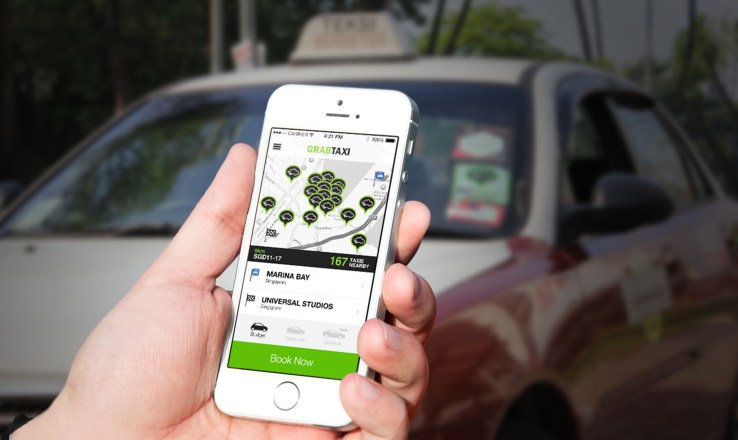 GrabTaxi, Uber’s
largest taxi hailing rival in Southeast Asia, has announced an R&D
center in Singapore as it looks to develop its technical prowess and
increase its appeal to overseas hires.
GrabTaxi, Uber’s
largest taxi hailing rival in Southeast Asia, has announced an R&D
center in Singapore as it looks to develop its technical prowess and
increase its appeal to overseas hires.The company raised $250 million from SoftBank last December, and CEO Anthony Tan told TechCrunch in an interview that this is one area where that new capital has been deployed. Tan said GrabTaxi is collaborating with the Singaporean government on the 4,500 square feet center and will invest $100 million in developing and staffing it.
R&D sounds rather fancy and many people’s first reaction is that it is more befitting of companies like Google, Facebook or Twitter. Aren’t taxi apps like GrabTaxi fairly straight forward in nature?
That’s not the case, Tan argued. GrabTaxi operates in 20 cities across six countries in Southeast Asia, and, with over 70,000 drivers and over 2.5 million active users, that brings its own set of problems.
“The scale that makes infrastructure challenging, and there are data components around tracking drivers on our platform. We are always optimizing… but tracking things in real time brings real data complexity,” he said.
The new center, Tan said, should translate to a better quality user experience within the app — quicker responses from taxis and faster loading speeds — while it will also help the firm as it eyes new verticals to enter. GrabTaxi has an ongoing motorbike taxi pilot in Vietnam, while it is trialing cashless payments in Singapore and has branched out to test courier services in Bangkok.
The general focus is “on-demand, any time, any body/anything to move anywhere,” Tan said of future plans and services.
The second major reason behind the R&D center is GrabTaxi’s desire to lure engineering talent from other companies and other parts of the world.
“When [new hires from overseas] join they often bring more global talent with them. We need a facility to house them all and make them feel at home,” Tan explained.
Other notable hires include Kevin Lee, formerly of Palantir and now GrabTaxi’s VP of data and growth, and execs from Salesforce and Amazon.
Tan, who is Malaysian but graduated Havard Business School, said he believes that the “complexity of the transport problem” that GrabTaxi is aiming to fix in Southeast Asia makes the company appealing to Asians working overseas and westerners alike.
He added that the R&D center has been build to house “several hundred” staff over the coming years, but right now GrabTaxi just can’t hire fast enough.
“We’ve made more than 30 offers in last two weeks alone,” Tan said. “We need to hire very quickly… as fast as taxi companies are adding cars to our platform, we are adding engineers.
“We are hiring the best people around the world, we are hungry for candidates with the right values, and who are super smart and wanting to solve complex problems. Now we’ve built a home to house them.”
We’ve heard whispers that GrabTaxi — which has raised $320 million from investors to date — is looking for more funding. Tan didn’t explicitly confirm or deny that, but said his door is always open.
“We always look for great guys… we’re hungry to deploy capital but do need to make sure that [future investors] are the right partners,” he said.